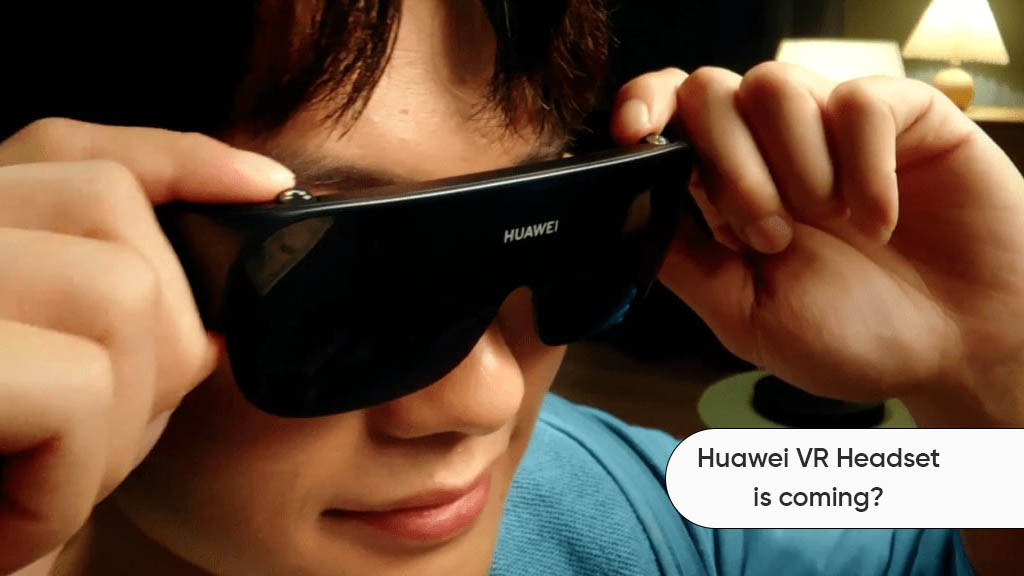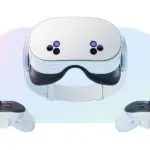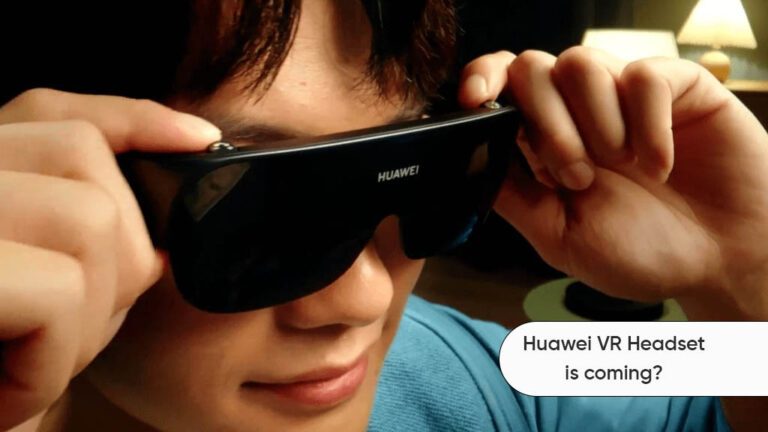Huawei VR Headset: A Strong Contender in the Virtual Reality Arena
Exploring the Virtual Reality Landscape
The virtual reality (VR) market is undergoing rapid evolution, with numerous companies striving for leadership in this dynamic space. Through continuous technological advancements, a growing number of players are introducing innovative VR products. Among these challengers, **Huawei** is gearing up to launch its own Huawei VR Headset, signaling a crucial shift in the competitive environment, especially for well-established brands like Apple.
Huawei’s Strategic Move into the VR Market
Known for its exceptional smartphones and telecommunications gear, **Huawei** is now looking to redefine its position in the tech industry by stepping into the world of virtual reality. The upcoming Huawei VR Headset is expected to incorporate state-of-the-art features that can rival those of the **Apple Vision Pro**. This decision marks Huawei’s response to an increasing demand for immersive experiences and interactive entertainment.

Anticipated Features of the Huawei VR Headset
Specific details about the headset remain a mystery, but several features are highly anticipated:
- High-Resolution Visuals: Expect breathtaking visuals that enhance both immersion and clarity.
- Precision Tracking Technology: The headset may boast advanced motion tracking for heightened interactivity.
- Comfort-First Design: Huawei is likely to focus on ergonomics, ensuring that users can engage with the device for extended periods without discomfort.
- Broad Compatibility: Integration with a variety of platforms could broaden its appeal to a diverse range of users.
- Cost-Effective Pricing: Huawei’s competitive pricing strategies may attract the attention of budget-conscious consumers.
Huawei vs. Apple Vision Pro: A Comparison
Apple’s Vision Pro is celebrated for its premium features and intuitive interface. Meanwhile, Huawei has the unique opportunity to capture a broader audience by prioritizing approachability and practical functionality.
Design and Aesthetic Appeal
One of the obvious strengths that Huawei could capitalize on is its ability to produce high-quality hardware. The design of the Huawei VR Headset may prioritize lightweight materials coupled with sleek aesthetics, resulting in a visually attractive accessory that’s comfortable to wear.
Performance and Usability
In terms of performance, Huawei will need to benchmark itself against Apple’s seamless ecosystem. However, the company’s vast experience in software development could enable it to create a user experience that stands out in the marketplace.
The Impact of Huawei’s VR Technology Across Various Industries
With the introduction of new VR headsets, numerous sectors—including gaming, education, healthcare, and social connectivity—could experience significant changes.
Transforming the Gaming Sector
The gaming industry is experiencing a remarkable surge thanks to VR. As more innovative VR headsets become available, gamers can anticipate new and exciting titles that exploit the full potential of virtual reality. With Huawei’s solid reputation in mobile gaming, it may well offer exclusive content that draws gamers’ interest.
Innovations in Education and Training
Educational institutions and training facilities are also exploring the potential of VR technology. The superior capabilities of a **Huawei VR Headset** can revolutionize how students grapple with complex subjects. With Huawei’s involvement, the educational landscape may become more engaging and accessible.
Advancements in Healthcare
VR is similarly making waves in the healthcare realm. From surgical training simulations to therapeutic applications, the promise of VR holds immense potential for medical professionals. The advanced features of Huawei’s headset could deliver innovative training tools and improve patient interaction.
Challenges Huawei May Face in the VR Sector
Despite its ambitious vision, Huawei could confront several challenges upon entering the VR arena.
Fierce Competition
The VR market is already crowded, with established companies like Oculus and HTC at the forefront. To carve a niche, Huawei will need to showcase unique features and deliver a compelling user experience.
Regulatory Challenges
Given current geopolitical realities, Huawei might face regulatory obstacles in specific markets. Such hurdles could affect its capacity to launch and promote products effectively on a global scale.
Establishing Brand Trust in the VR Space
While Huawei enjoys a strong standing in telecommunications, it must build trust as a credible VR provider. Consumers need reassurance that Huawei can deliver high-quality VR experiences that rival established brands.
The Future of VR with Huawei’s Innovations
Huawei’s entry into the **VR headset** market represents a new chapter in the ongoing evolution of virtual reality technology. Positioned to challenge tech giants like Apple, Huawei has the potential to expand the boundaries of what is achievable in the VR realm.
Consumer Reactions and Market Evolution
Consumer feedback will be pivotal as Huawei introduces its VR headset. Tech enthusiasts and casual users alike will scrutinize performance, the range of content, and overall value. Based on the reception, Huawei may adjust its strategies to better align with user preferences.
The introduction of the **Huawei VR Headset** will undoubtedly reshape the VR landscape, driving innovation and diversifying options available to consumers. With its emphasis on quality and affordability, Huawei stands poised to make a considerable impact on the future of the virtual reality market.




0 Comments